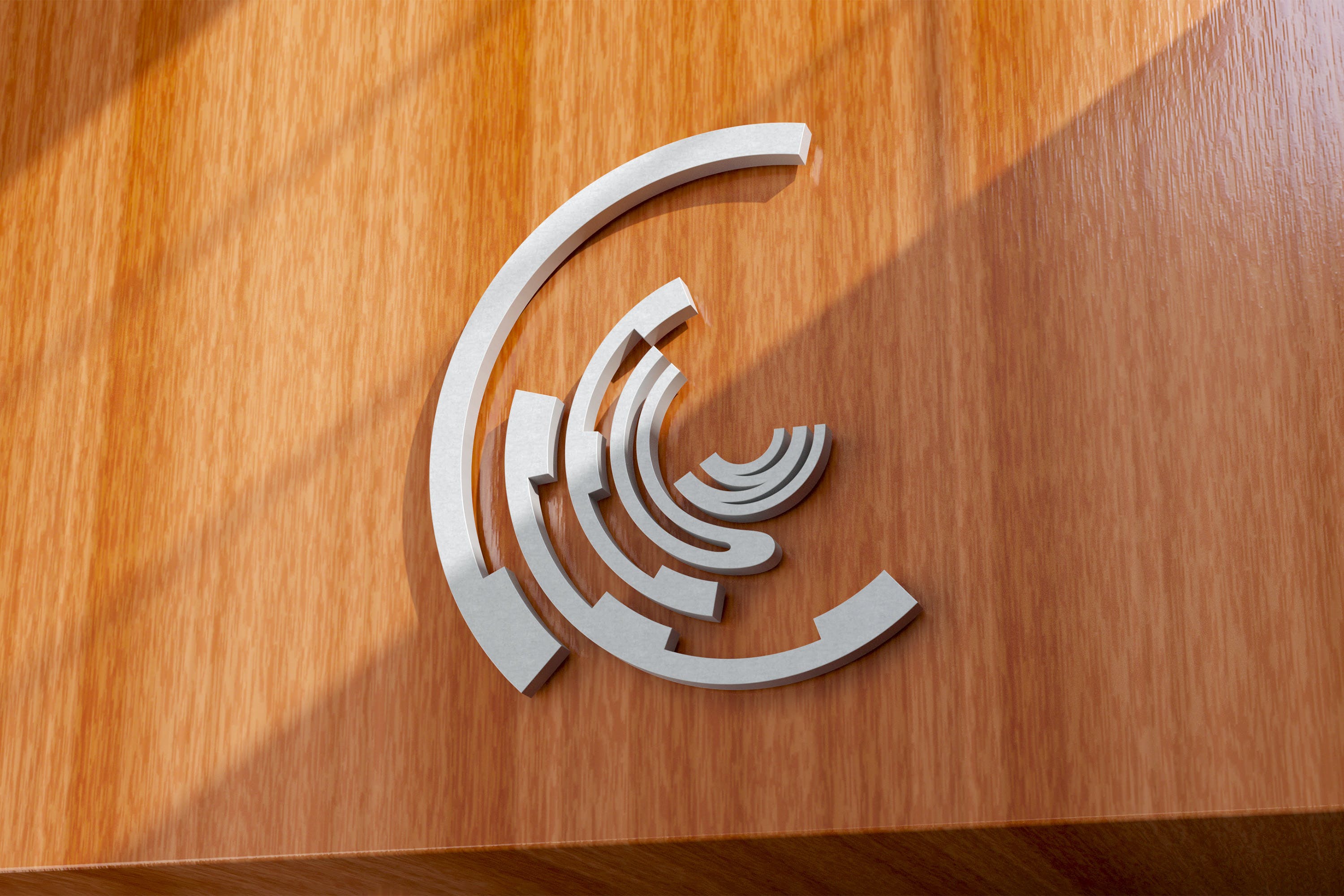The Met
Bringing art to everyone
In 2013, the Metropolitan Museum of Art in New York found itself at a crossroads. With a collection spanning over 5,000 years of global art and millions of visitors each year, the museum was the second largest in the world, and for over 140 years, it had sought to bring people from all over the world closer to the greatest visual achievements in art and culture. But in a time when museum audiences were craving more approachability, the Metropolitan Museum of Art had begun to feel aloof and hard to navigate.
Life to art, art to life
We based our brand transformation of the Metropolitan Museum of Art around a core mantra, life to art, art to life, reflecting the museum’s power to connect: connecting past and future, connecting cultures and traditions from all over the world, connecting cultural heritage and expression to the audiences of today.
The first big obstacle in our way was the museum’s name. Formal and lengthy, the name Metropolitan Museum of Art had started to feel like it was keeping museumgoers at arm’s length. To create a space of welcome, we changed the name to what people all over the world actually call it: The Met.
The breakthrough simplicity of the new name conveyed the sense that The Met was a museum for everyone - and a more open, more inclusive brand became key to delivering on the idea of connecting art and life. Created in partnership with British type designer Gareth Hague, the new logo mark similarly dispenses some of the brand’s more exclusive-feeling visual elements for a fresher, more inviting feel. By connecting the letters and ambitiously remixing design traditions, the new logo brings the past boldly into the present.
The Met’s visual identity likewise had to balance gravitas and approachability while flexing across user touch-points, communications and locations. We designed a rich dynamic ecosystem of elements—including font, colour, graphic ornament, image treatment, material, composition, and visual strategy - to help The Met connect more meaningfully with visitors from print to screen to gallery.
A museum for everyone
Our wide-reaching work has given The Met the tools to open its doors wider and more meaningfully invite the world to connect with art and culture. The Met 360 Project— immersive short videos that invite viewers around the world to visit the museum—has been viewed 11.5 million times and won a Webby Award. Their visitor base is the largest and most diverse in the museum’s history since our rebrand, with attendance increasing year on year.
Industry
Culture and education
What We Did
Visual Identity, Brand Strategy, Brand Architecture, Verbal Identity, Physical Environments
7M
Visitors
Highest number of visitors since tracking began over 40 years ago
41%
Annual visitorship
consisted of international visitors
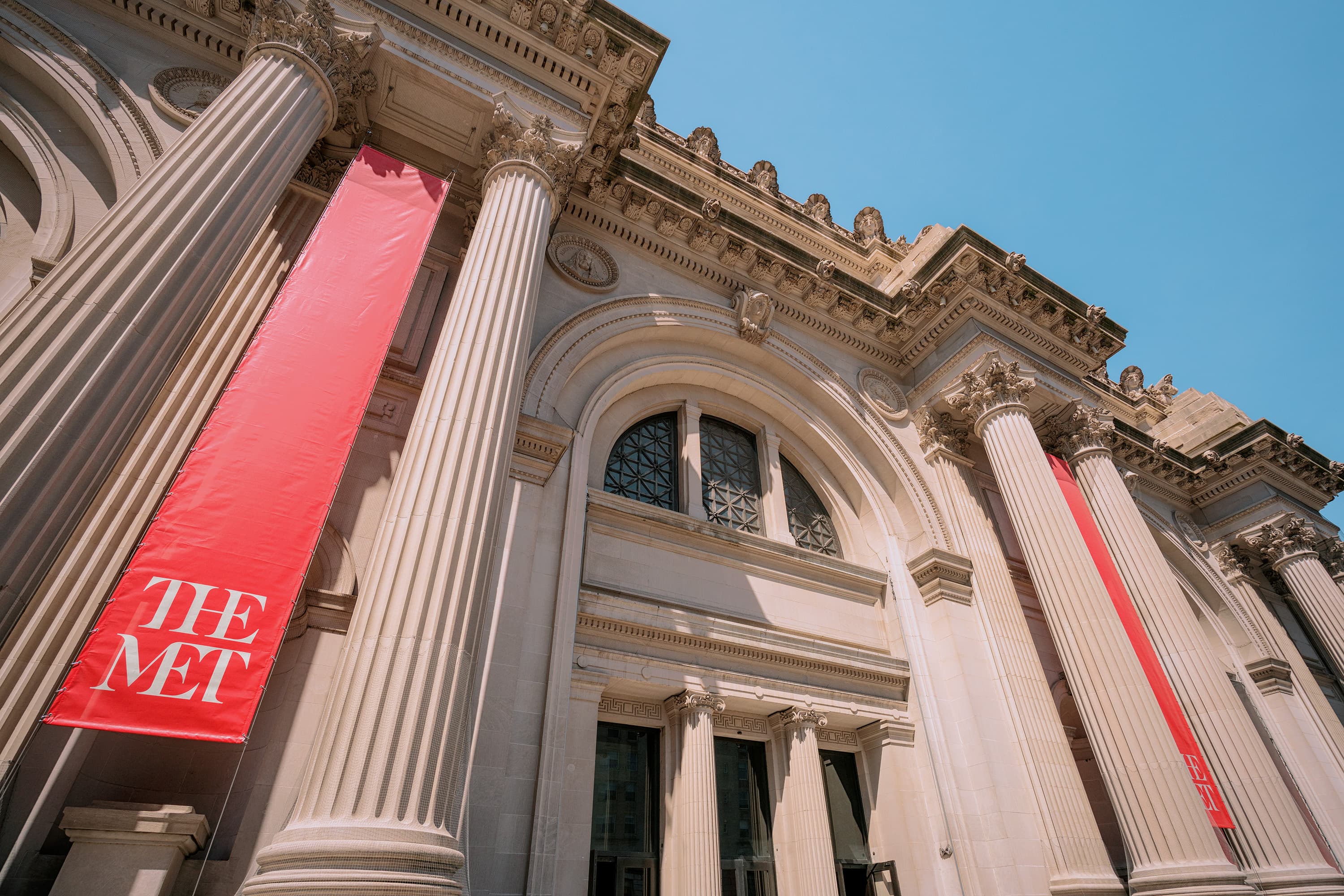
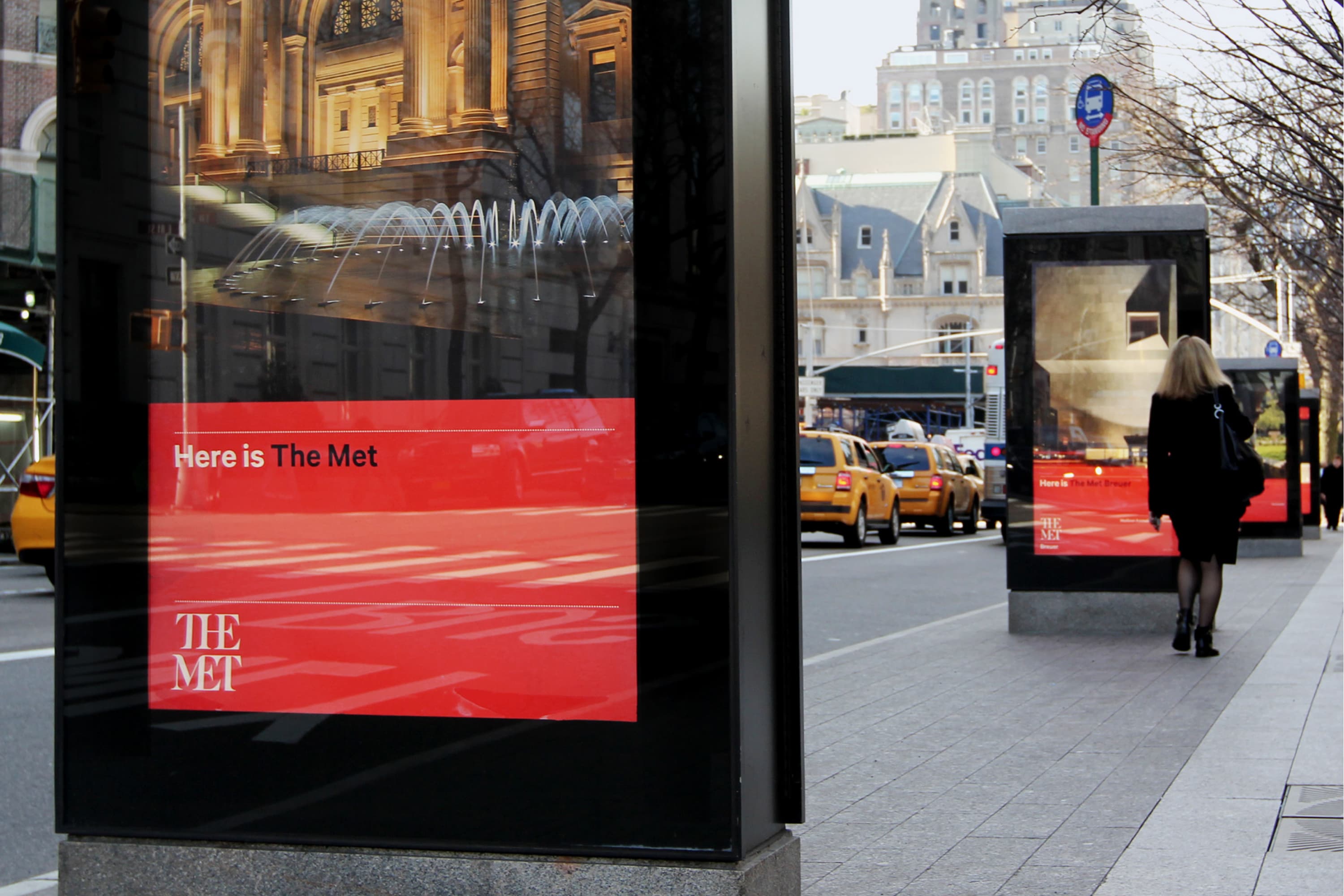
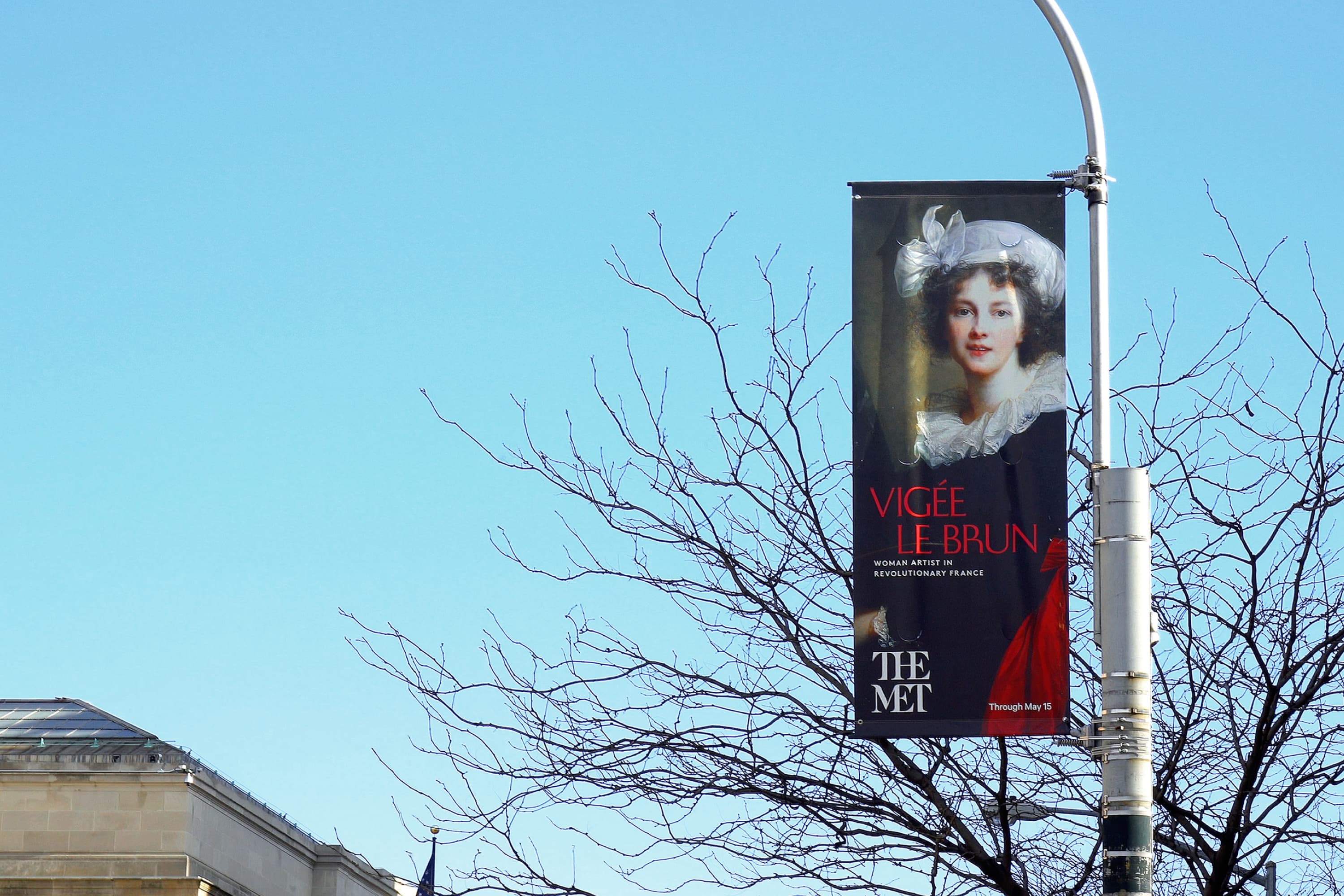
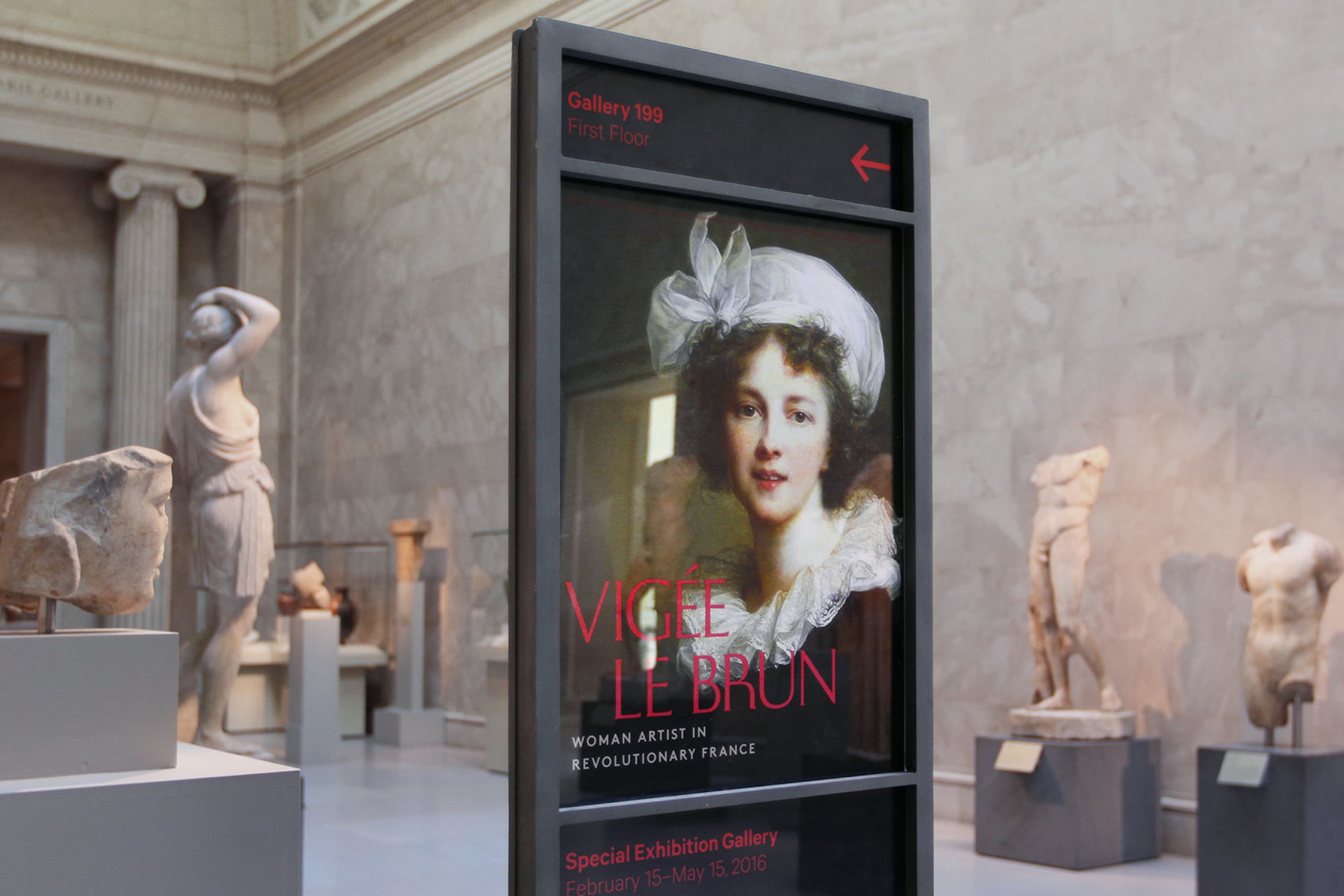
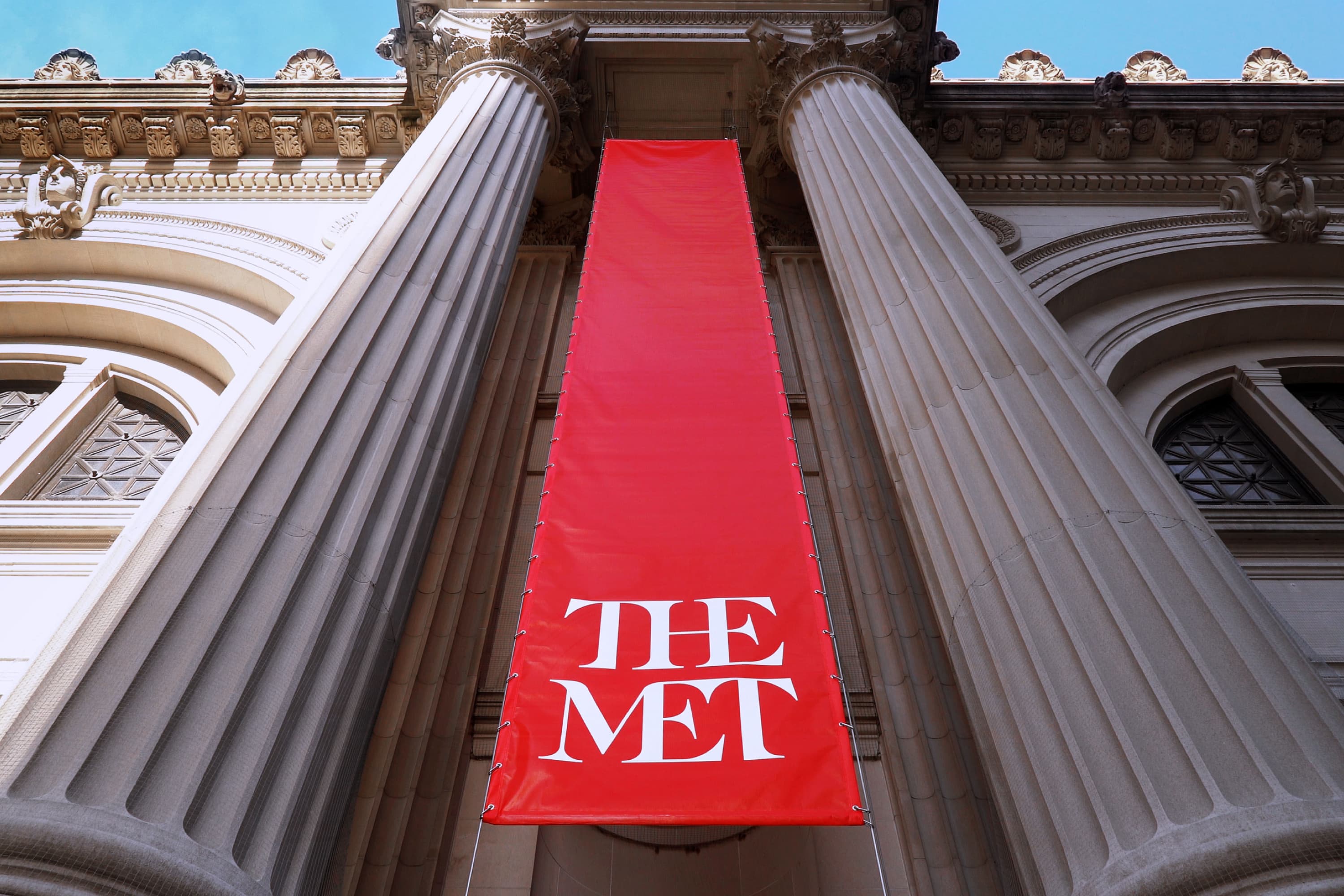
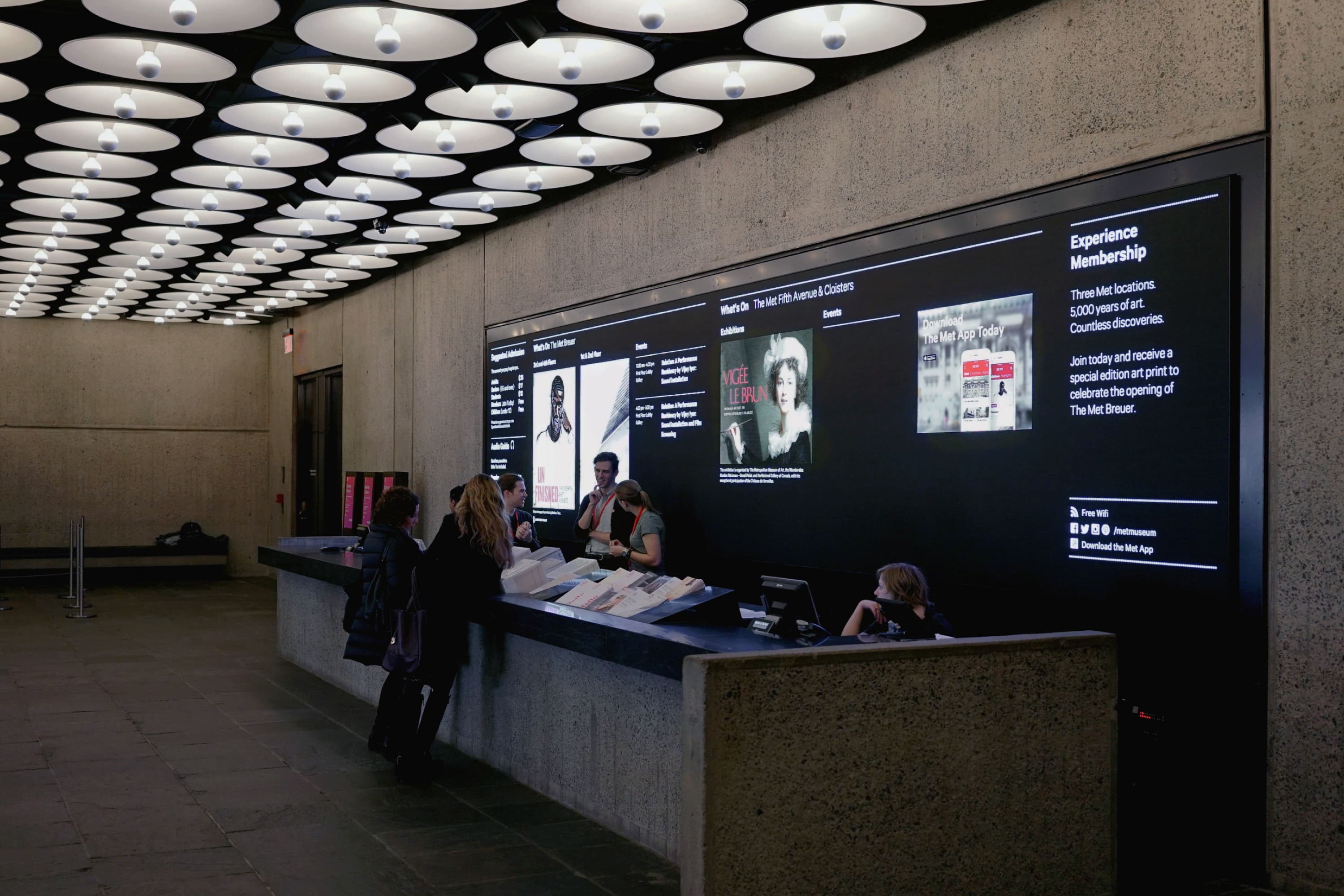
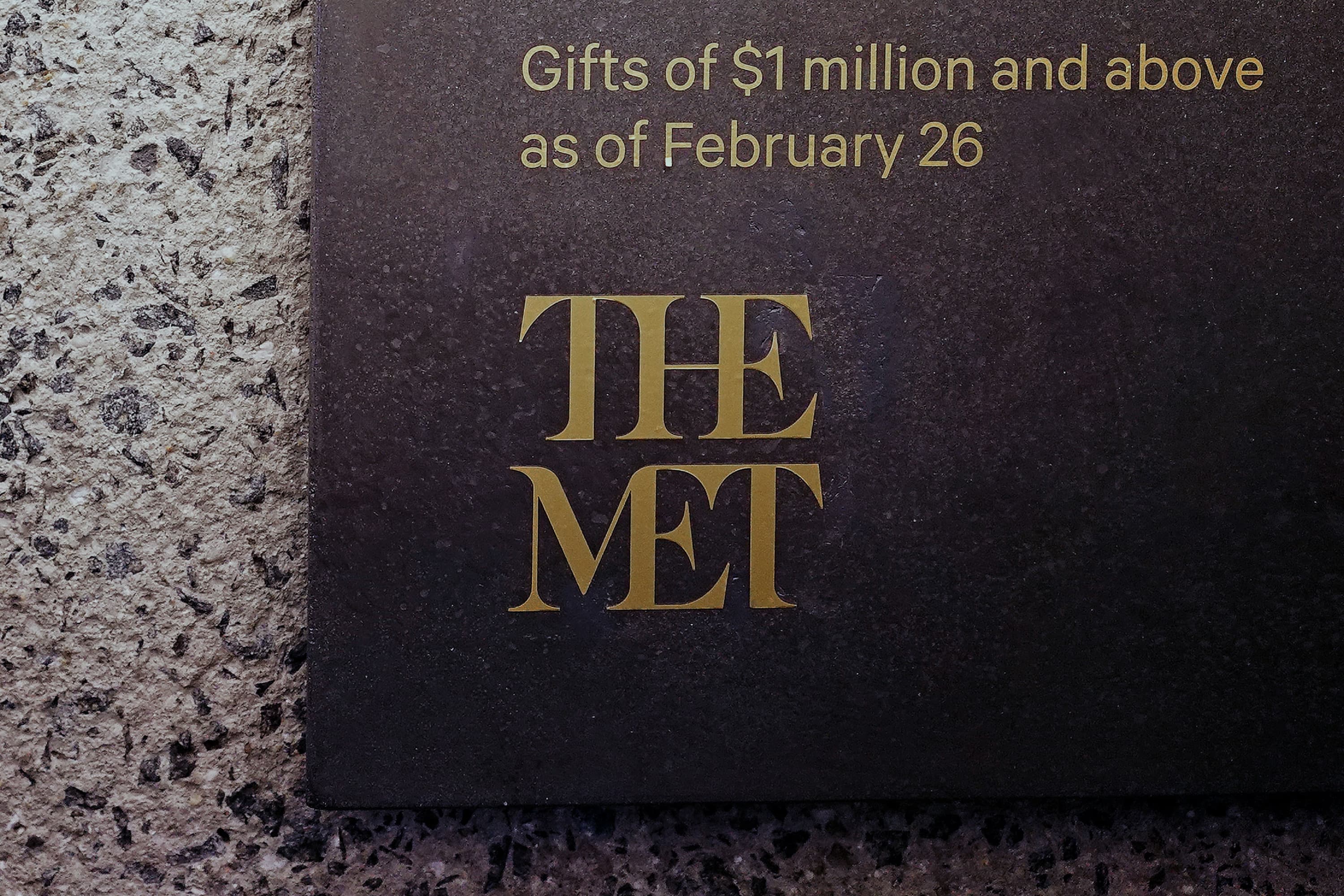
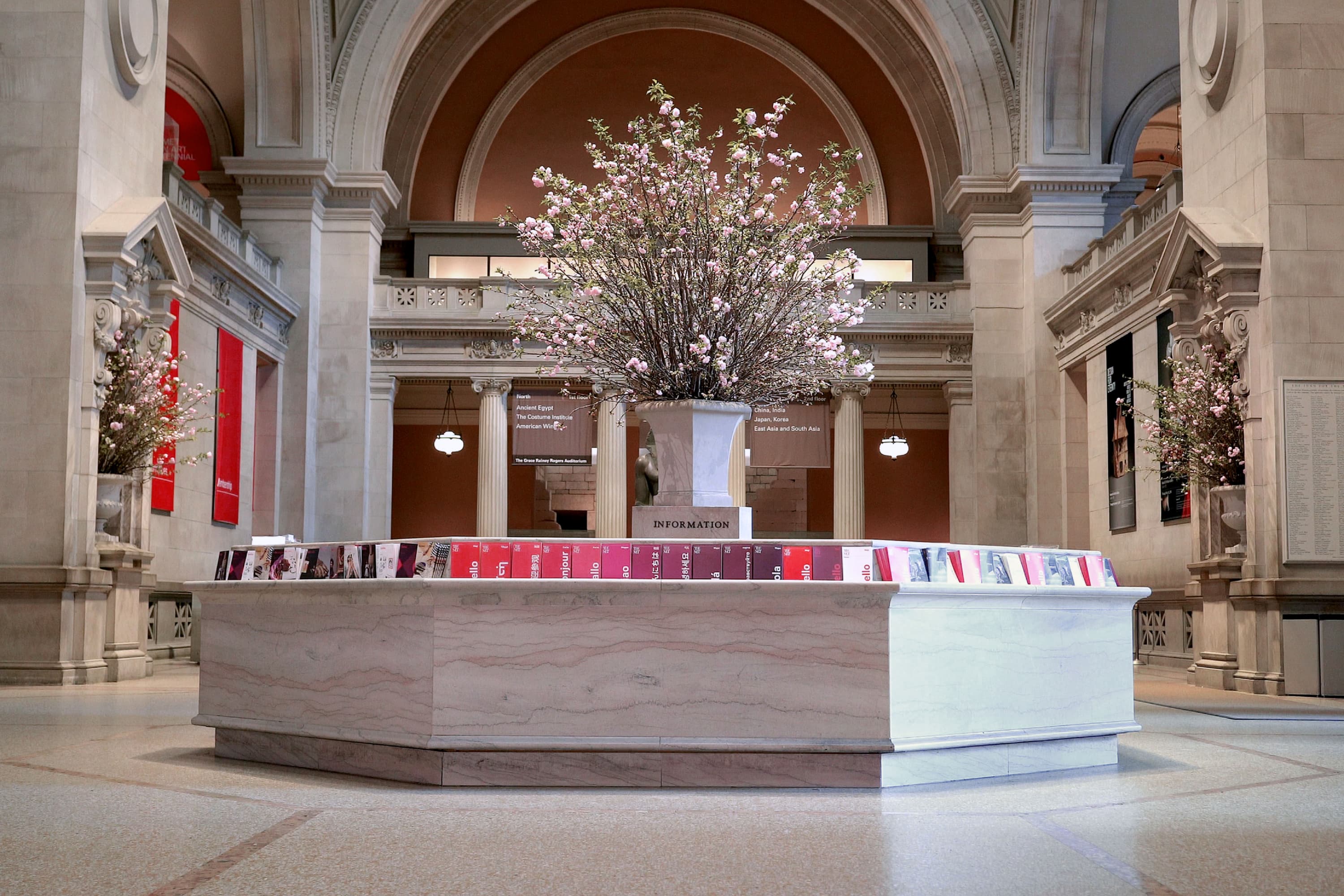
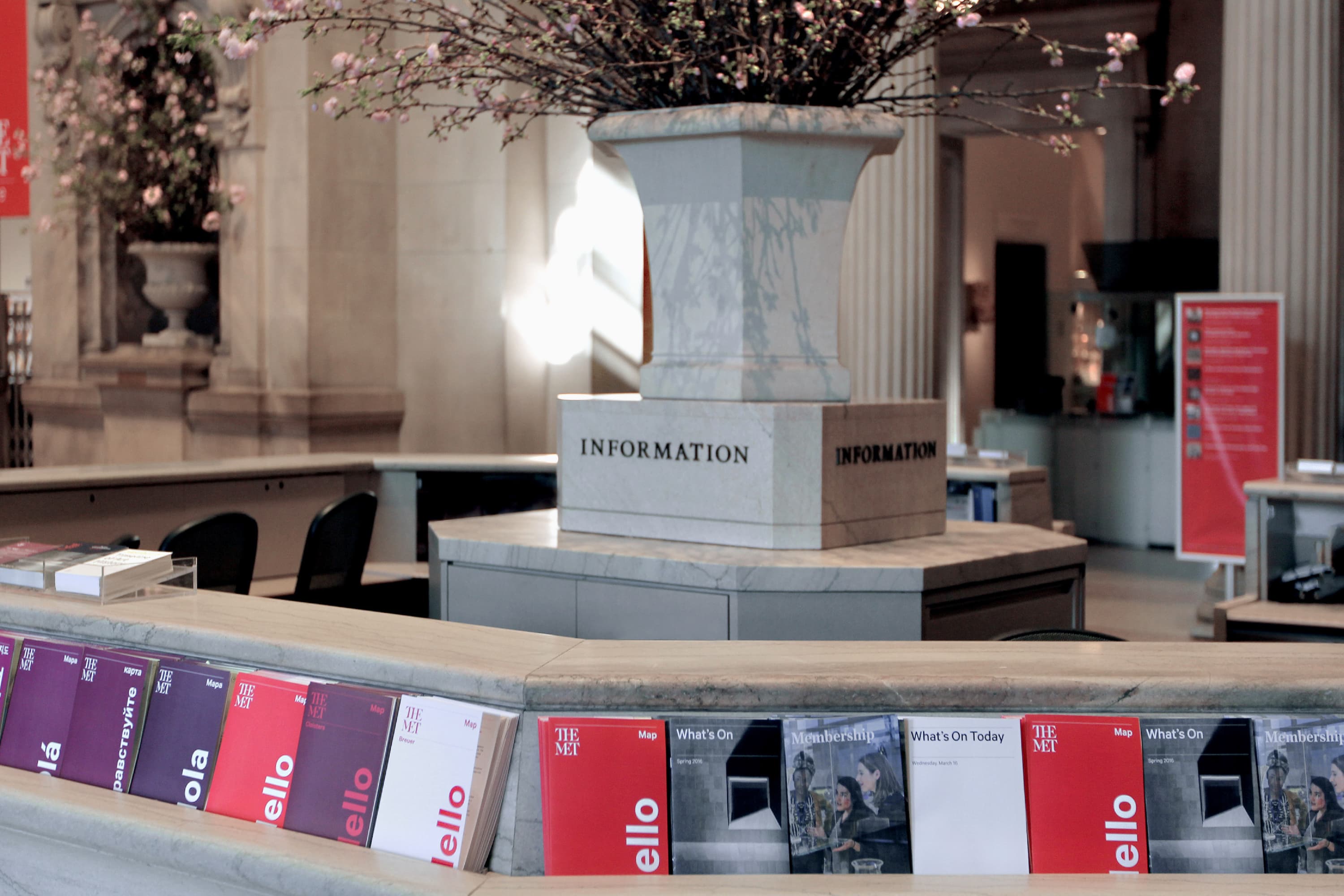
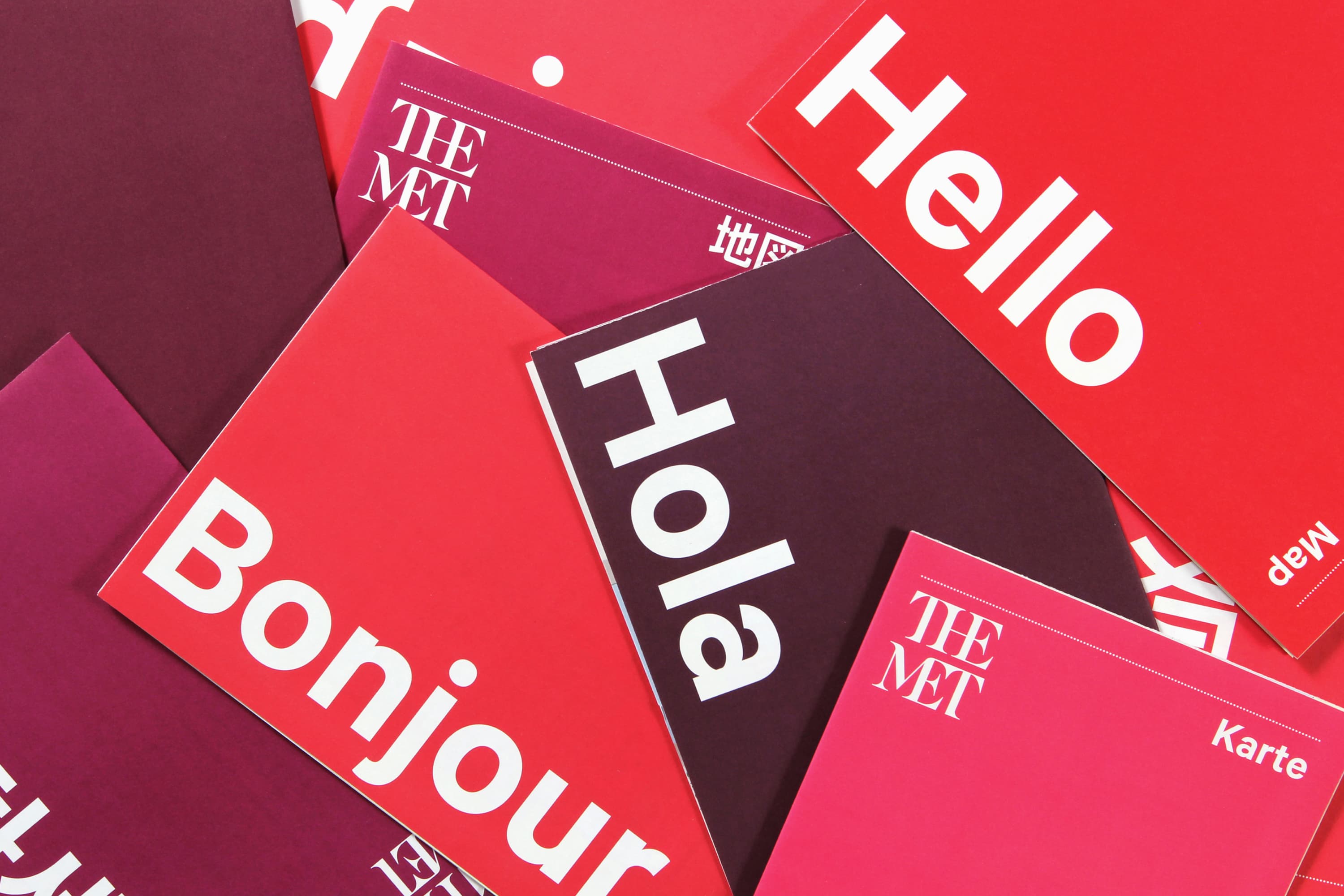
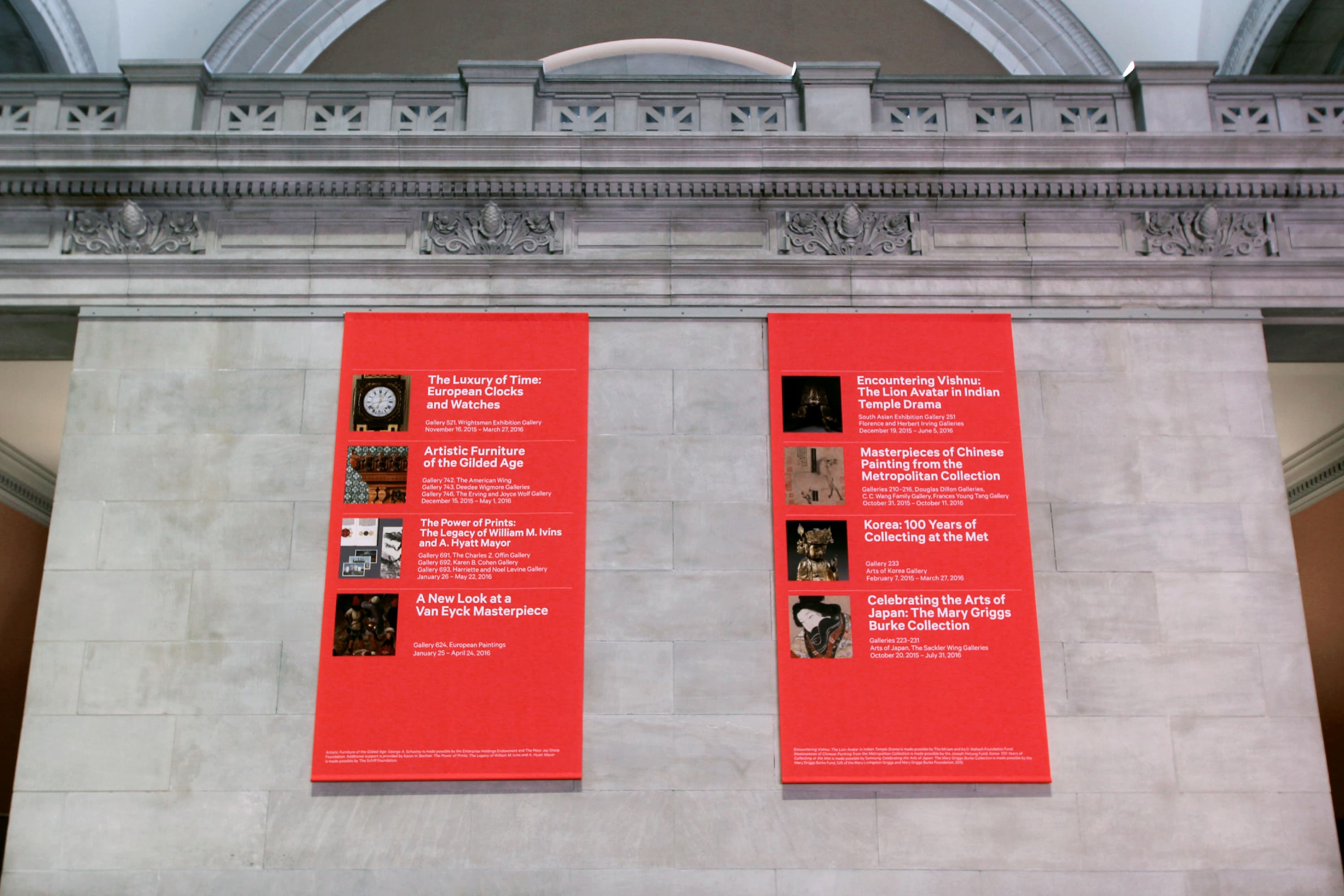
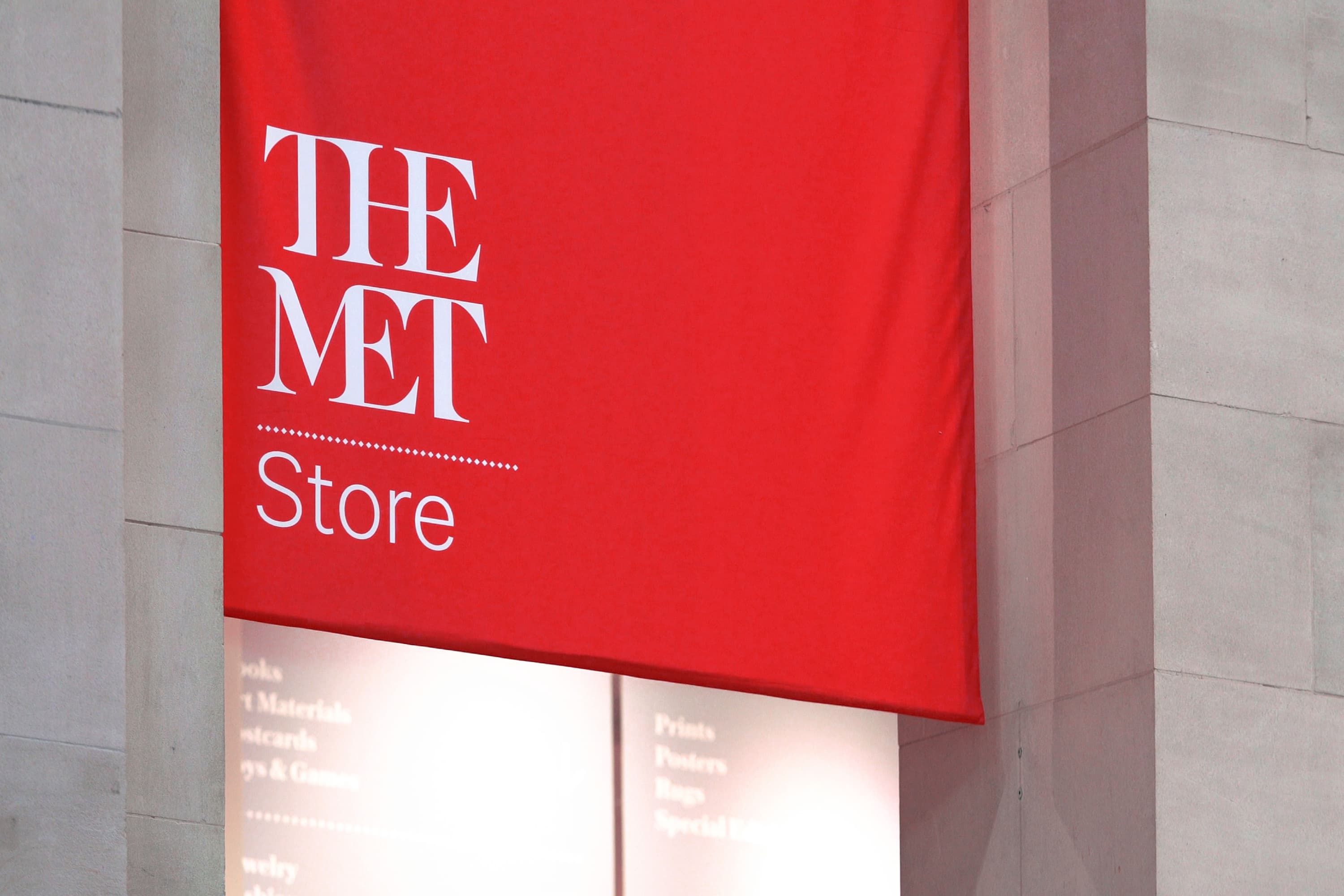
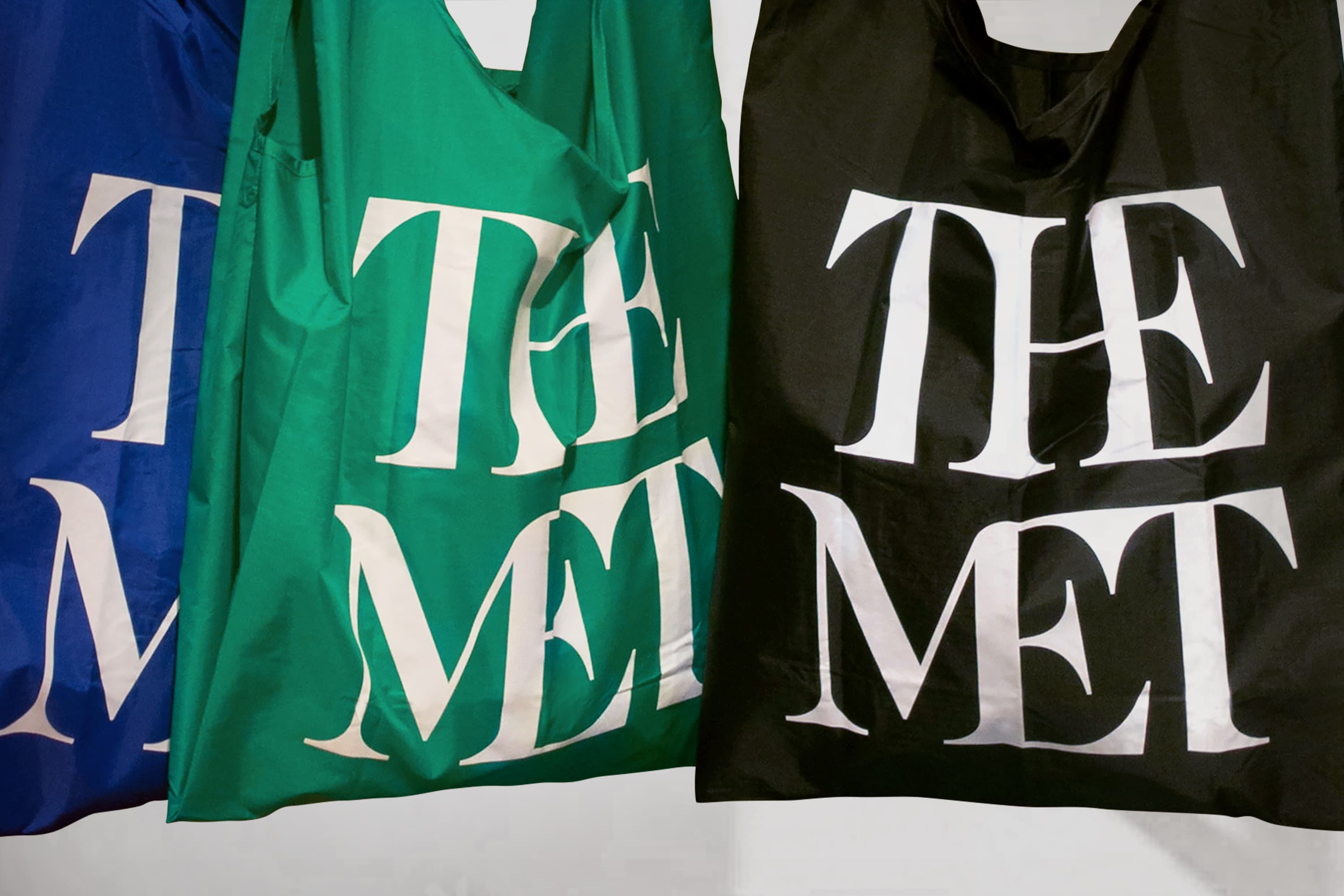
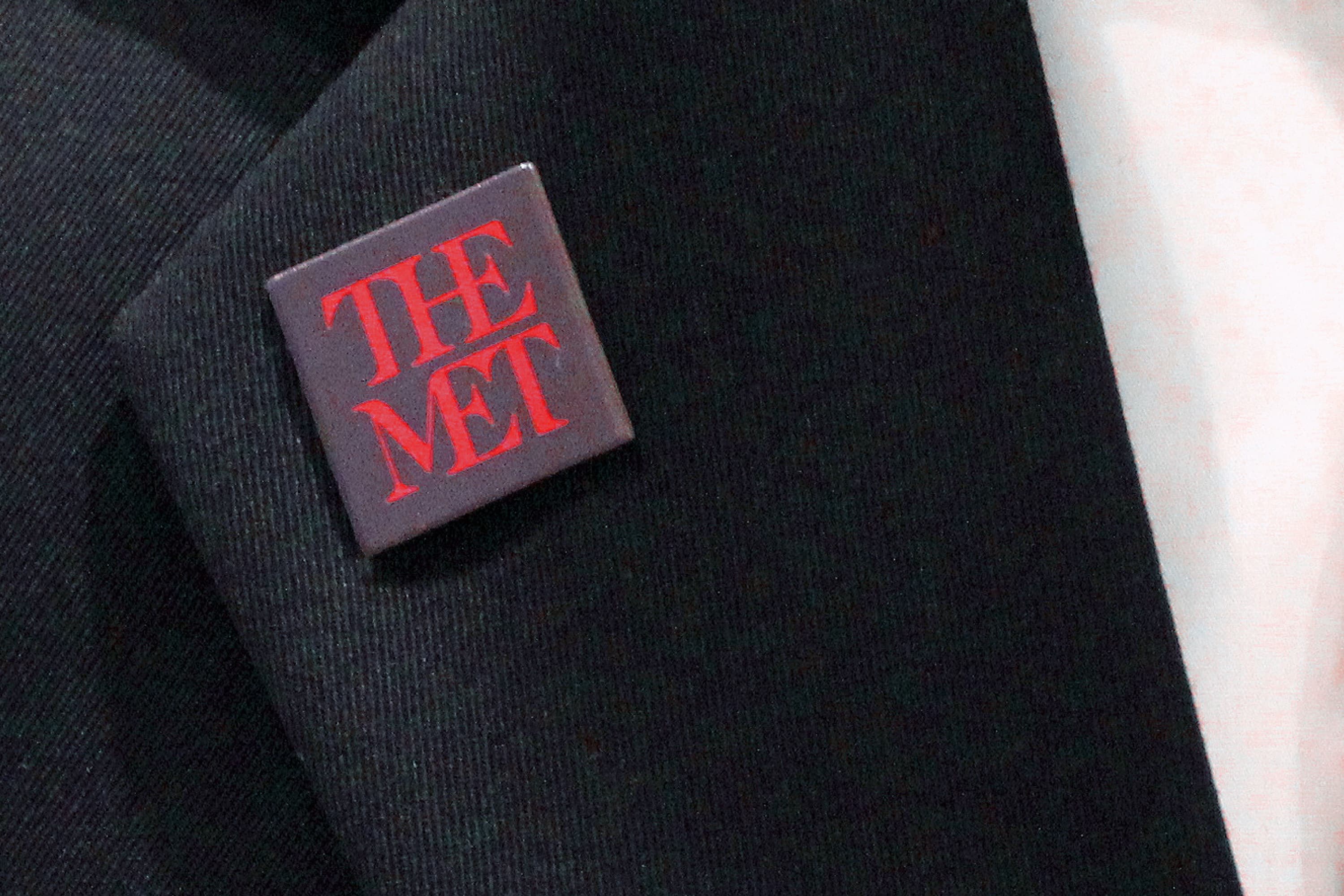
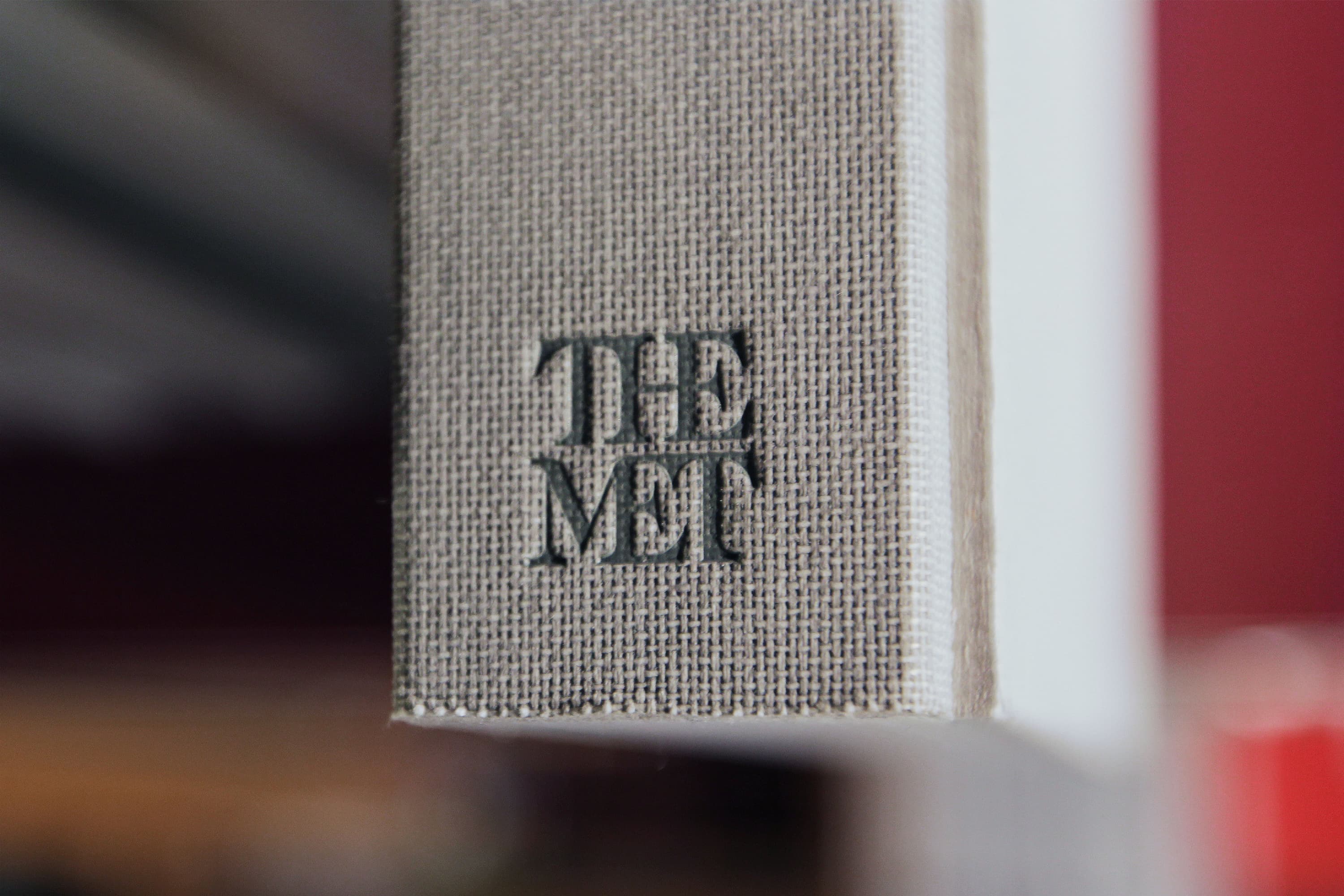
“During my years here, I’ve always hoped for a streamlined marketing and design program vs. constantly handling projects as one-offs, or worse yet, relying on one or two individuals to keep things straight. You've done it! Thank you!”
The Met
